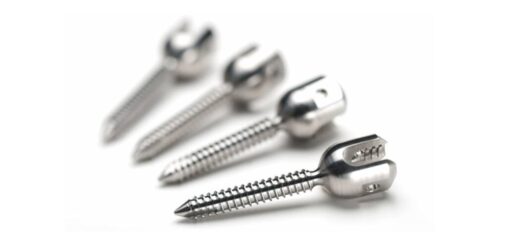Orthodontic Treatments for Broken or Missing Teeth
Many people suffer from missing or broken teeth for a variety of reasons. For some, it’s as simple as biting into something too hard. For others, it can be anything from a vitamin deficiency to poor dental hygiene.
Regardless of the reason, it can leave people unable to chew properly, in pain, and ashamed. Fortunately, there are many different orthodontics treatments to fix the issue, such as those below.
Dental Bonding
This is a good option when a tooth is simply chipped and is more of an embarrassment than anything else. The dentist will bond a piece of composite material to the tooth, which is hardened with a blue light. It’s the least invasive and simplest process, but it’s not the best choice for everyone.
Dentures
While many people consider dentures as something for older people, they can be used by anyone who is missing teeth. They can replace all of your upper or bottom teeth with a plate that temporarily attaches to the gums. They are made from a mold of your mouth, and you simply put them in and pull them out.
The downside to these is that – if they’re not well made – it can be obvious that they are fake teeth. And they can move around in your mouth, especially when you are chewing something like steak. There are adhesives you can use to help keep them in place, but many people find them uncomfortable.
Crowns
Crowns are often used to cover broken teeth. They come in ceramic, metal, or porcelain, and are effective in restoring the tooth’s shape. This is one of the safest options, but it can be obvious that you have them – especially when metal is used.
Implants
Dental implants are a very popular option for replacing teeth. These are actually put into your jaw bone, which keeps them in place. You can smile, eat, and talk with confidence, as they won’t move around or fall out.
Additionally, they can last a lifetime, making them one of the best permanent options. As a bonus, they prevent bone loss in the jaw – something that can cause your face to sag and look aged before it’s time. The downside is that dental implants do require a relatively high initial investment, which is not always feasible for everyone’s budget.
Veneers
If your tooth is still in a relatively decent shape – maybe it’s chipped but only slightly – or you just don’t like how they look, veneers are a great option. These are placed on the top of your tooth’s surface, and they can completely improve the appearance of your smile.
Typically, this isn’t a permanent option, and you’ll have to get them replaced every few years or so. Additionally, they can pop off at times, leading you to make additional dental trips.
How to Determine the Best Option for Your Needs
It can be hard to determine which of these solutions is right for you just from reading the descriptions. You’ll need to begin with a trip to your dentist. They can walk you through your options and let you know which ones you are a good candidate for.














